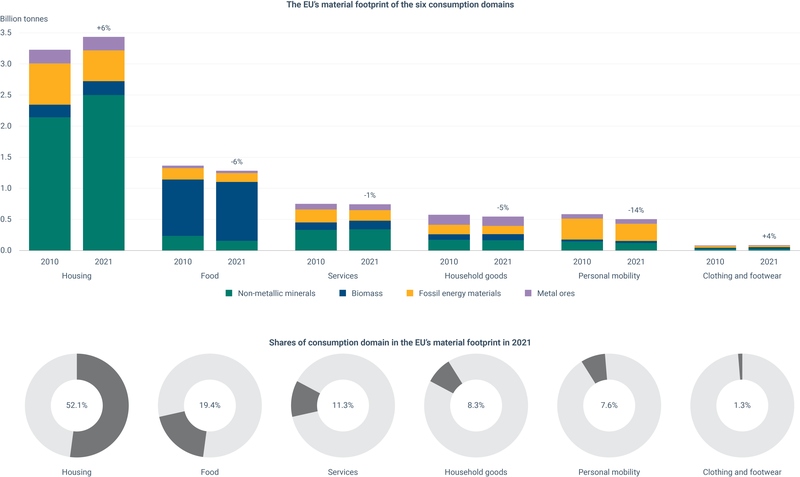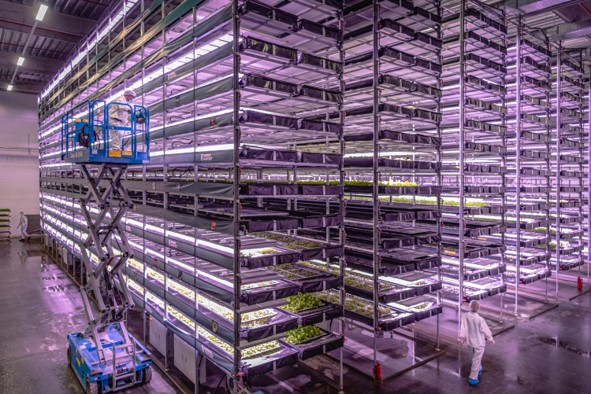All official European Union website addresses are in the europa.eu domain.
See all EU institutions and bodiesEurope has achieved unprecedented levels of prosperity and well-being during recent decades, and its social, health and environmental standards rank among the highest in the world. Still, the EU’s production and consumption systems are hindering its ability to meet sustainability goals.
We are consuming resources faster than nature produces or replenishes them. Economic growth has long been associated with increased demand for resources, and the world economy is expected to continue to grow. There are different ways of addressing this sustainability challenge.
Production and consumption systems vary significantly across Europe. Food, energy and mobility systems account for much of Europe’s pressures on the environment and health but are also a foundation for our well-being. The way we produce food or energy requires key resources like water and land and often generates pollution, and greenhouse gases, affecting human health as well as nature.
Consumers can play a role in shifting consumption patterns, whereby reducing pressures linked to consumption. But sustainable consumption can only be achieved when sustainable products are produced and presented as viable options to consumers, and ultimately disposed of. These require systemic changes.
Overall, global and European trends point to continuing sustainability challenges but also to opportunities for positive change. For example, while new technology might save resources and alleviate environmental pressures, it can also increase energy, and natural resource demands. In this context, European policies like the European Green Deal and its circular economy packages aim to make production more efficient, save resources and facilitate more sustainable consumption.
From data to decisions: material footprints in European policy making
Housing and food are particular hotspots for resource consumption, accounting for 72% of the EU’s material footprint and requiring the highest amount of material per Euro spent, according to the EEA briefing 'From data to decisions: material footprints in European policy making', which highlights how existing Eurostat data on our European material footprint can inform policymakers in formulating new measures to reduce our economic footprint on the environment.

Is Europe making progress towards a circular economy?

Production systems and pollution
The manufacture of goods is a key part of Europe’s production activity and occurs in large and small factories across the continent. Production also includes agriculture, which is significant in terms of both its scale and the associated pollution risks.
The processes involved in providing the goods that we use range from simple assembly operations to complex industrial activities involving toxic and persistent chemicals. All of these activities result in some kind of emissions. Therefore, production can be a significant source of pressure on the environment — with the potential to cause serious pollution if not carefully managed.
What about Europe's consumption?
The EU's Eighth Environment Action Programme calls for the EU to significantly reduce by 2030 its consumption footprint — the environmental and climate impacts that result from EU citizens’ consumption.
This footprint decreased only slightly, by around 4%, between 2010 and 2020. And it is uncertain if the EU will achieve a significant reduction in its consumption footprint, especially since it has increased since 2016. Major efforts are needed to both reduce the overall level of consumption and increase the use of products that have less impact on the climate and environment.


